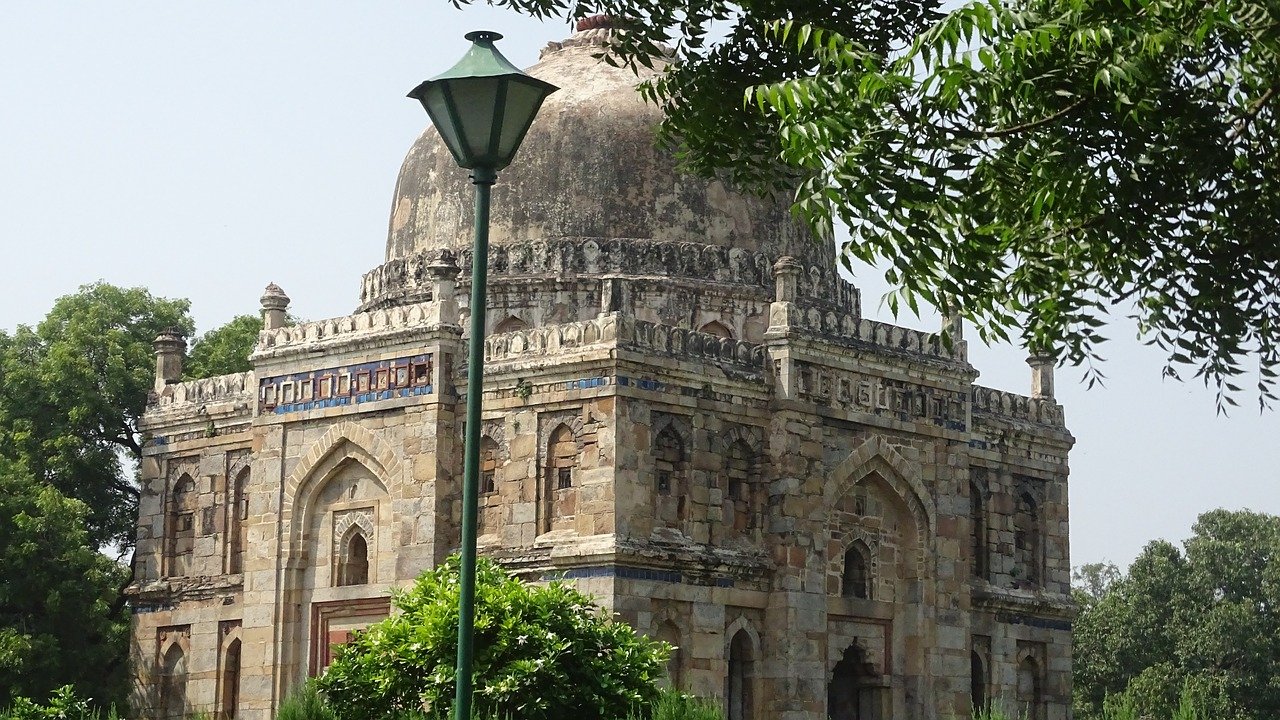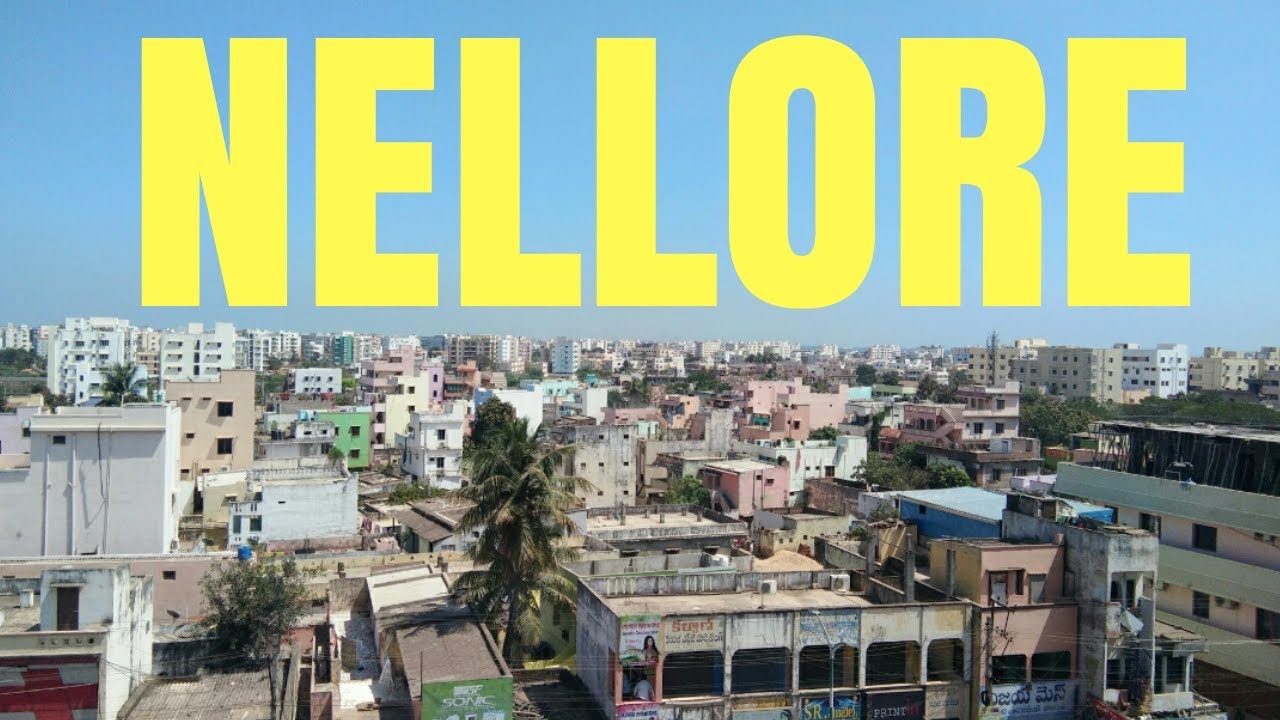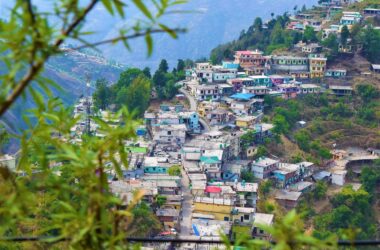Delhi’s bountiful parks provide a refreshing respite from the city, and Lodhi Garden is the most extensive. This sprawling 90-acre expanse is dotted with the remains of various historical monuments from the 14th-century Tughlaq dynasty (which ruled the Mughal pre-Delhi Sultanate) to the 16th-century Mughal period, making it a must-see as well as a tourist attraction. Makes it a popular place to visit. Rest. Plan your trip with this complete guide to Lodhi Gardens.
History
The British developed Lodhi Garden in 1936 as a landscape setting for the monuments, which was surrounded by a village called Khairpur. The garden was designed by Lady Willingdon (wife of the Marquess of Willingdon, the then Governor-General of India). It was called Lady Willingdon Park in her honor, but the Indian government changed its name to Lodhi Garden after its independence from the British in 1947. The name refers to the garden’s major monuments from the Lodhi dynasty, the last ruling dynasty of the Delhi Sultanate.
Lodhi Gardens was given a major makeover in 1968 by American landscape architect Garrett Ecbo and acclaimed architect Joseph Allen Stein, who also designed several iconic historic buildings near it. Works include a glasshouse for cultivating plants and a lake with a fountain. Other specialist sections, such as the bonsai park and rose garden, were later built in the garden.
A mysterious turret is believed to be the oldest structure in the garden, although not much is known about it. Historians believe that it may have been part of a fortified walled complex belonging to the Tughlaq dynasty (1320 to 1413). Unfortunately, the wall no longer exists.
Most of the monuments in Lodhi Garden belong to the later Sayyid and Lodi dynasties when the area was their royal tomb in the 15th and 16th centuries. Its oldest tomb belongs to Sultan Muhammad Shah Sayyid, the third ruler of the Sayyid dynasty. His reign lasted from 1434 until his death in 1444. The tomb was built in 1444 by his son Alauddin Alam Shah Sayyid and is the only remaining legacy of the dynasty in the garden.
Shortly after the death of Muhammad Shah Sayyid, the Lodi dynasty took control of the Delhi Sultanate in 1451, easily displacing the ineffective Sayyid king by founder Bahlul Lodi. During the reign of his son Sikandar Lodhi from 1489 to 1517, the most prominent monuments of the garden were constructed. These are the Bada Gumbad (big dome) complex, the Sheesh Gumbad (mirror dome), and the tomb of Sikandar Lodhi.
The Lodhi dynasty and the Delhi Sultanate came to an end in 1526, when the invading emperor Babur defeated Sikandar Lodhi’s son Ibrahim during the First Battle of Panipat and established Mughal rule in India.
The new Mughal emperors left little impression on Lodhi Garden, as they built their tombs in grand style elsewhere. (Emperor Babur’s tomb is located near Kabul in Afghanistan, Humayun’s tomb sits a few miles east of the garden, and Akbar’s tomb is on the outskirts of Agra where he had his capital). However, there is a rare surviving structure in the garden from the Golden Age of the Mughal Empire, built during the reign of Emperor Akbar (1556 to 1605). This strong arched stone bridge, called Athapula because of its eight pillars, was built over a tributary of the Yamuna River (now a lake).
The restoration of the monuments at Lodhi Garden has been going on for the past decade and is currently being carried out by the Archaeological Survey of India.
How to Get There
Lodhi Garden is located on the border of Lodhi Estate in the southern part of New Delhi between Safdarjung’s Tomb and Khan Market. By road, New Delhi’s Connaught Place can be reached in about 20 minutes. If you don’t have your own vehicle, auto-rickshaws and app-based cab services like Uber are popular options. Alternatively, it is possible to take the Delhi Metro train.
The main entrance to the garden, known as Gate 1 or Ashoka Gate, is located on Lodhi Road. It has free parking and toilet facilities. The nearest metro train station to this entrance is Jor Bagh on the Yellow Line. From there, it is about a 10-minute walk. Some buses of Delhi Transport Corporation stop right in front of this entrance.
Lodhi Garden has another entrance (Gate 4) towards Khan Market, which is about a 15-minute walk from Khan Market Metro Station on the Violet Line. There are also several small entrances around the perimeter of the garden.
The garden is free to enter. It is open every day from sunrise (5 a.m. or 6 a.m. depending on the time of year) to sunset at about 8 p.m. Avoid Sundays, however, if you’re looking for peace. Local people come there to hang out and it gets crowded.
What to See and Do There
Health-conscious Delhi residents start their day at Lodhi Garden with activities like yoga, jogging, and cycling. If you want to participate in yoga there, book an extensive two-hour morning class conducted by the method of Awakened Inner Buddha Yoga and Meditation.
Although the monuments are the main attraction in the garden. If you’re particularly interested in history, you might want to take them on a guided walking tour. One of the best options is the Legacy of Sayyid and Lodhi tour offered by Delhi Walks. Delhi Heritage Walk also organizes periodic group walking tours through Lodhi Gardens (or take one of their private tours).
Enter Lodhi Garden from the main gate and turn left, and you will reach the tomb of Muhammad Shah Sayyid. It has an octagonal design and elegant Indo-Islamic architecture with small Hindu-style chhatris (mandapas with domed canopy) surrounding its distinctive central dome. There are other tombs inside the tomb, probably of family members.
Head back on the way, and you’ll see the tomb of Muhammad Shah Sayyid and a small 18th-century mosque between the Bada Gumbad complex. Perched on a high platform, this complex is one of the largest and finest Lodhi-era monuments in Delhi. Its imposing domed main structure is believed to be the entrance to the attached mosque, which is believed to have been built in 1494, as it does not have a tomb. Look closely to admire the surprisingly intricate decorative details on both buildings. There is also a minaret at the corner of the mosque which is similar to the Qutub Minar in Delhi. There is an arched pavilion in front of the mosque which was apparently a guesthouse. It is known as Mahaman Khana.
You will see Sheesh Gumbad in front of the Bada Gumbad Complex. The building contains several unidentified tombs and some historians claim that it may be the tomb of Bahlul Lodhi, the founder of the Lodhi dynasty, who died in 1489. The bright blue tiles that once covered its exterior, including the dome, are a highlight.
Sikandar Lodhi’s tomb is situated to the north of Sheesh Gumbad. The tomb itself is not really impressive as compared to the others. In fact, it looks like that of Muhammad Shah Sayyid, except for the umbrellas on the roof. However, it is surrounded by a substantial protective wall with a wide entrance.
To the right of Lodhi’s tomb, there is a lake, in some part of which the Athpula of the Mughal period is spread. If you exit this end of Lodhi Garden near Khan Market, look for the old iron gate that opens onto Rajesh Pilot Marg. Among its stone pillars are historical inscriptions from the opening of the garden, which read “The Lady Willingdon Park” and “April 9, 1936”.
There are some small monuments in the vicinity of entrance 3 in the western part of the garden. It has a bastion on one side, and the ruins of a Mughal-era walled gateway and small mosque on the other.
Apart from the monuments, assorted attractions for nature lovers are spread throughout the garden. These include the National Bonsai Park (near Gate 1), the Glasshouse (next to the Tomb of Muhammad Shah Sayyid), a butterfly park and herb garden (around the mosque between the Tomb of Muhammad Shah Sayyid and the Bada Gumbad complex), a Rose Garden (next to) is included. Wall entrance and mosque) and Duck Talab (on the lake). Lodhi Garden is also home to about 30 species of birds.
If you are interested in finding information about the trees in Lodhi Gardens, scan the quick response (QR) codes from your smartphone on many of them.
What to Do Nearby
Hungry? Dine at Lodi – The Garden Restaurant, adjacent to Gate 1. It serves eclectic global cuisine in its atmospheric garden. There are many other great places to eat in neighboring Lodhi Colony and Nizamuddin as well as Hip Khan Market.
Lodhi Colony is famous for the vibrant street art murals on the buildings between Khanna Market and Mehr Chand Market. People who love handicrafts can also visit the boutiques in Mehr Chand Market.
Want to see more graves? The Safdarjung Tomb, Humayun’s Tomb, the tomb of Najaf Khan (a major commander of the Mughal army), and the Nizamuddin Dargah are all in the area. In addition, the Lal Bangla complex, located between the Delhi Golf Club and the Oberoi Hotel, houses many more lesser-known Mughal-era.
Culture vultures must drop by the India Habitat Center on Lodhi Road, next to Lodhi Gardens. It has a visual arts gallery, exhibitions, and regular cultural events. Tibet House is recommended for those interested in Tibetan culture. This five-storey building on Lodhi Road was established in 1965 by the Dalai Lama and houses a museum, library, resource center, gallery, and bookstore.
Important Links
Similar Articles









